|
The story of Umberto Legnani is a true-life tale of hard work, vision and perseverance.
Legnani was born in the year 1900, he started working at a very young age, as
a mechanic and a labourer. He was a skilled metal worker and soon became a specialist
machinist. Then, in his late twenties, he was laid off, one of millions who lost
their job because of the downturn in world economy following the Wall Street crash
of 1929.
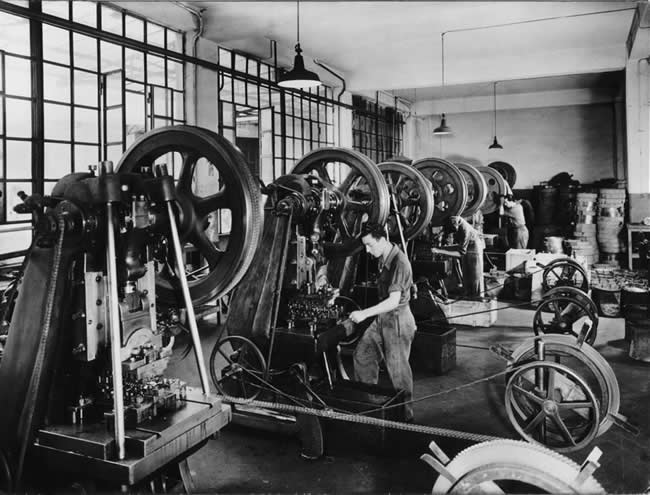
But Umberto had a few savings and he started a small business with his wife,
Giuseppina Carnelli, manufacturing drawing pins and steel nibs in the town of
Saronno. His workplace was a damp and dark basement in a small alley in Saronno.
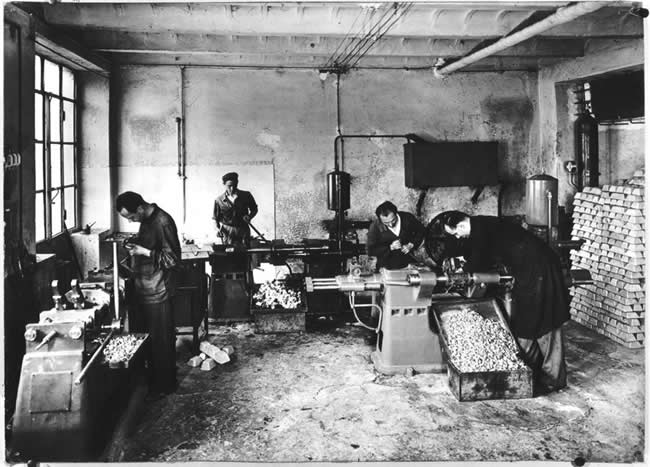
This small but active town, where the famous Amaretto liqueur is made, is
located near Milan, in Northern Italy, which was (and still is) the industrial
center of Italy, where the majority of the Country's manufacturing capabilities
are concentrated. Business grew steadily for the Legnanis and they registered
their company in 1931, under the L.U.S. trade name.
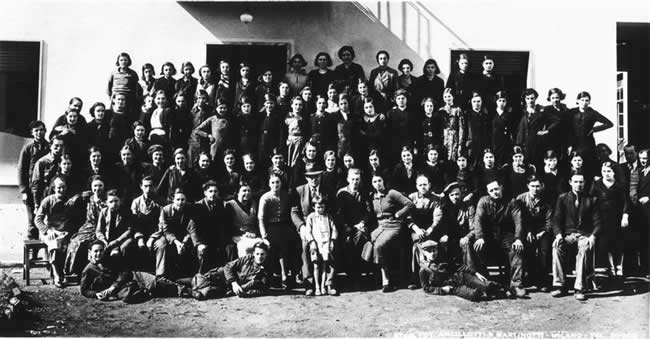
The acronym stood for "Legnani Umberto, Saronno", but it also recalled
the italian word "lusso" or "luxury, style" and it was short
and catchy.
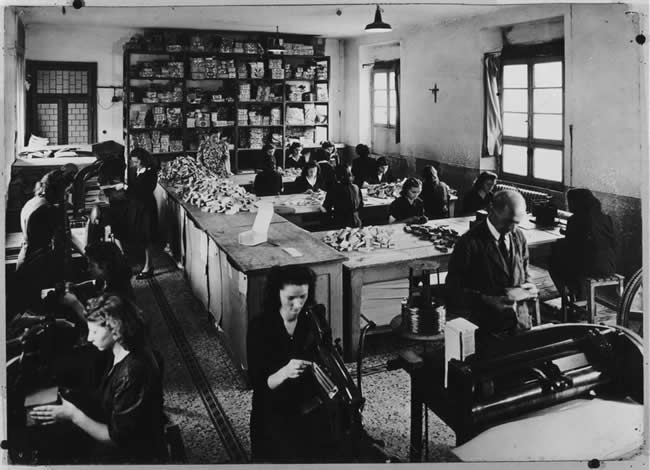
In 1934 Umberto Legnani hired a few machinists and started manufacturing the
first fountain pens.
The following 20 years saw the company adding new products and expanding in new
directions: stapling machines, postal scales, paper clips and other metal stationery
supplies. Nibs remained one of the staples of the LUS product line, gaining success
in Italy and abroad. His workshop slowly grew into a factory and the LUS company
moved into new premises in via Manzoni, at the outskirts of Saronno. The via Manzoni
factory can be seen in the following photographs.
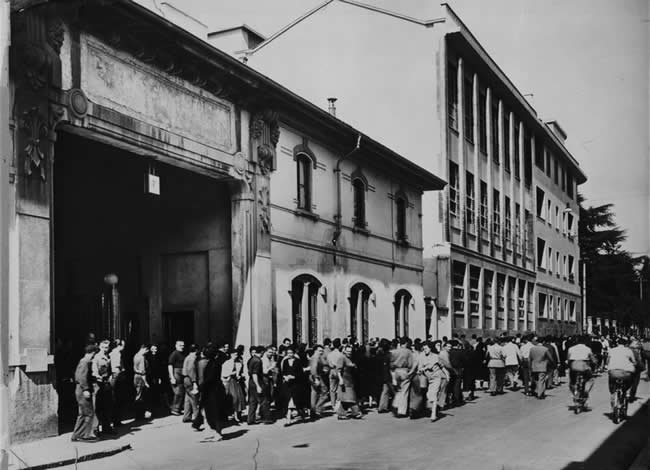
Some celluloid fountain pens were also marketed under the Mondial or Mondiale
brands, but they were probably made for LUS by Stilo Everest, a maker of good
quality pens based in Settimo Torinese.
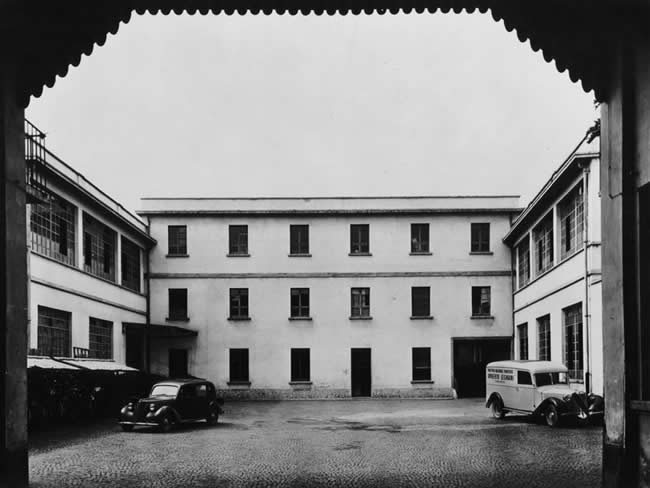
The breakthrough for LUS came after WW2. New, modern looking fountain pens
had been introduced by Parker (the famous Parker 51) and Aurora (the "88")
among others: these new pens had metal caps and their construction used new plastics
that offered consistent quality and low manufacturing costs. Signor Legnani saw
the opportunity offered by the reconstruction effort after the war and decided
to concentrate his company's product development efforts on a series of innovative
fountain pens.
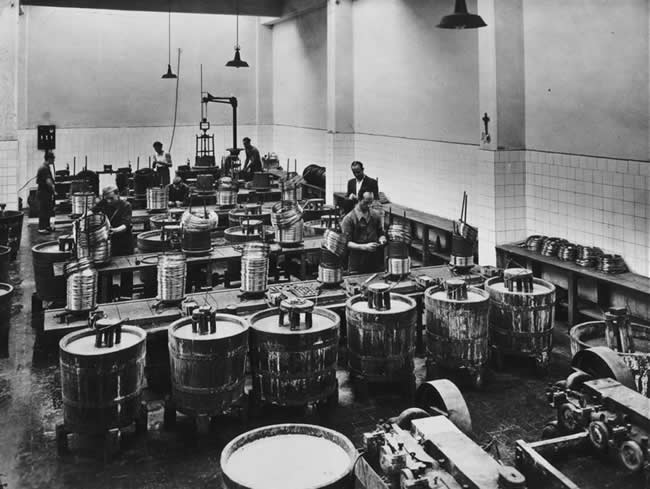
He decided to expand in two distinct directions: first, the development of
high quality fountain pens that would match or surpass the best pens then available.
These pens would be sold through established fountain pen shops and stationers.
Second, he would build a reliable, attractive, very low cost fountain pen, affordable
by everyone and sold through a myriad of unconventional outlets such as tobacconists,
news-kiosks, convenience stores and even Bars.
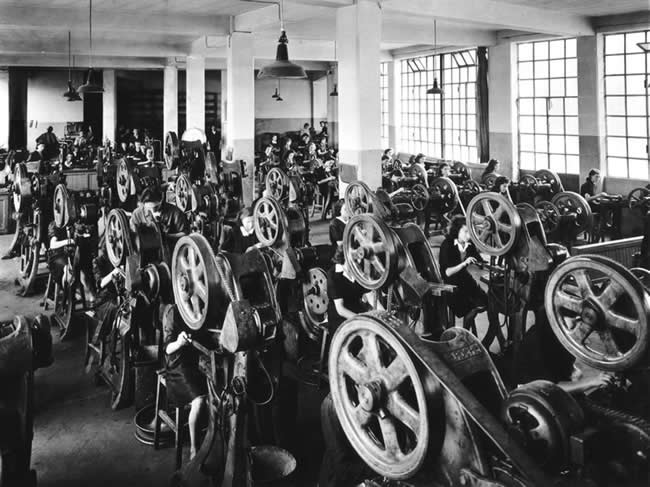
Legnani also saw early on the potential of the ballpoint pen. His first ballpens
were introduced in 1950: he designed a sleek retractable ballpoint pen, called
the “Retracto”. The pen was slim and modern looking and instantly
successful. A more upmarked model, gold plated, soon followed the “Retracto”
and was called, quite logically, “Golden Retracto”, as well as an
economy pen, called the “K2”, introduced in 1952.
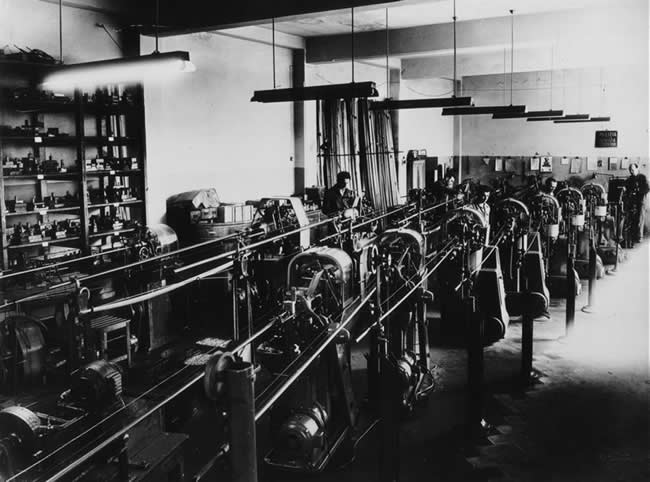
The factory was expanded and renovated and the output, in the mid-1950s, reached
a remarkable quantity of 400,000 pens produced per day! These included both fountain
pens and metal ballpoint pens.
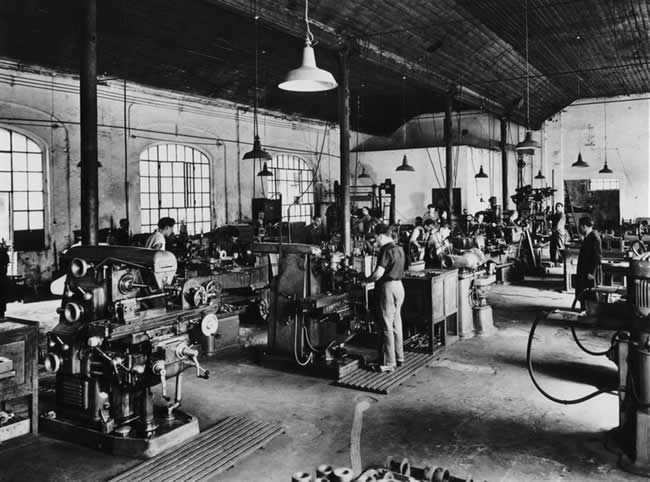
Umberto Legnani was now a successful business icon in Italy and, yet, he retained
his simple values: he got up every day at 6 a.m., worked in his factory, always
looking for ways to improve his products, and was familiar with all his employees.
He called his factory “A great family, where everyone gets along well”.
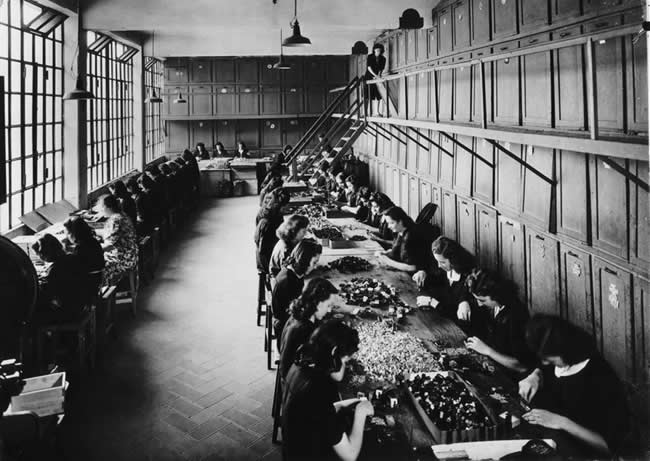
Before his death, which occurred in 1968, he told an interviewing reporter:
“I am today as I always was. At first, a was poor, I had nothing, now I
am financially comfortable. But I am still the same, I did not change… as
we were born, so we live!” He would often use the pronoun “we”
instead of “I” because everything he did, he did with his wife, from
the harsh beginnings until the end of his life.
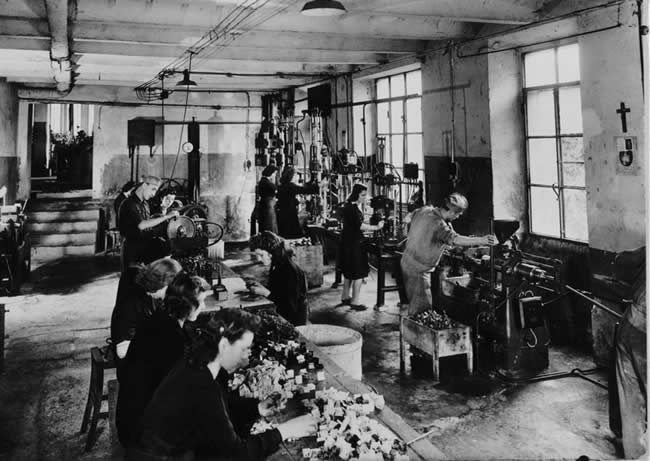
|